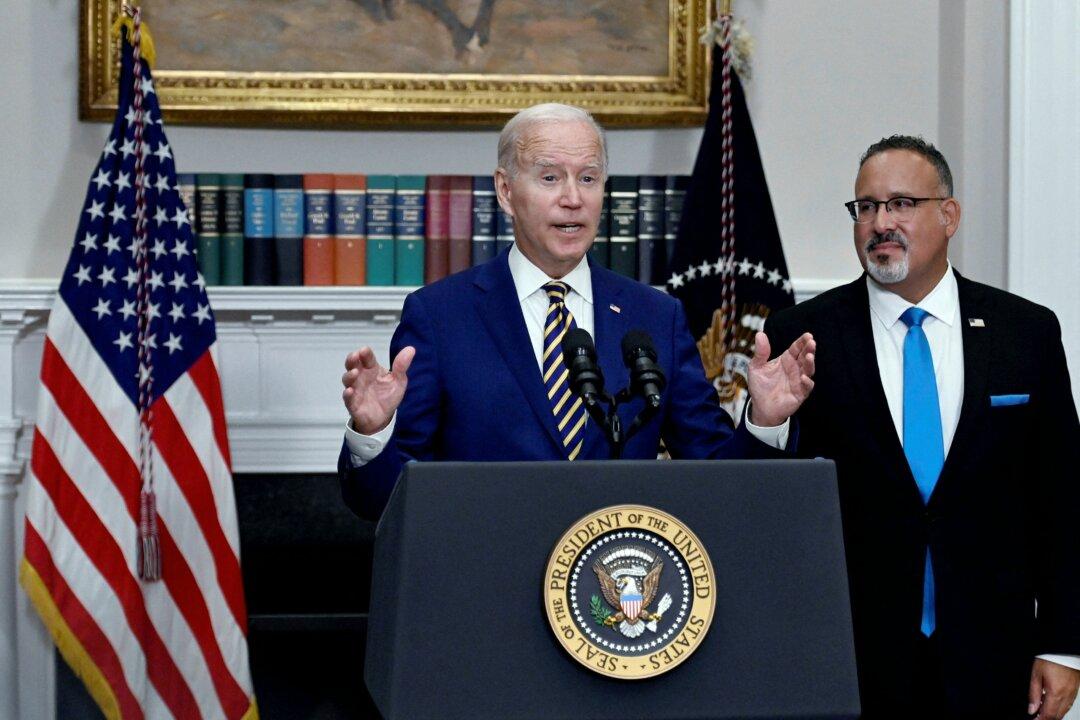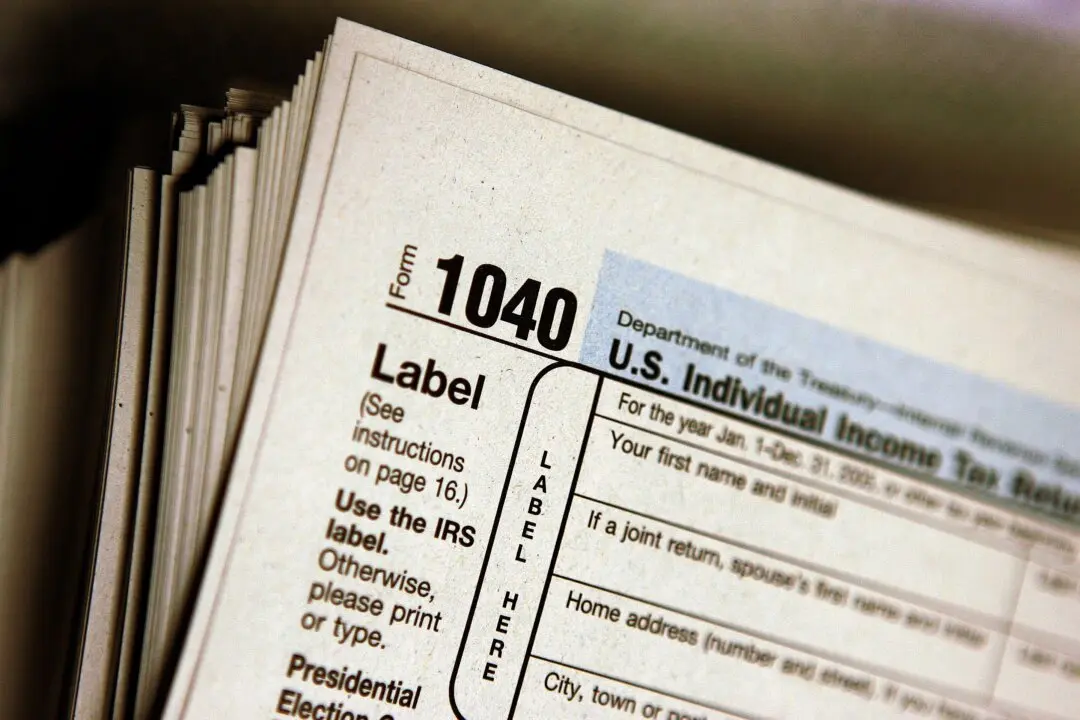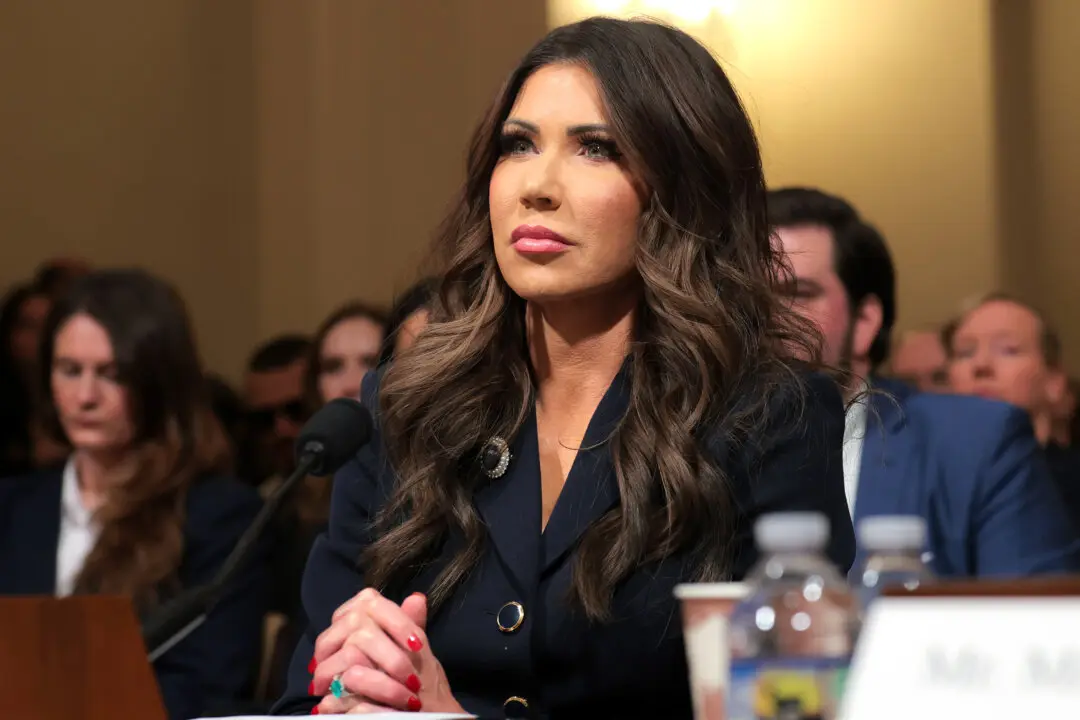The Biden administration announced on Nov. 22 that it will extend its moratorium on student loan payments through June 30, 2023, as the program to cancel hundreds of billions of dollars in loans faces several court battles.
Federal student loan bills were slated to resume on Jan. 1, 2023. Loan payments were placed on hold in early 2020 under the Trump administration, and the moratorium has been extended multiple times.





